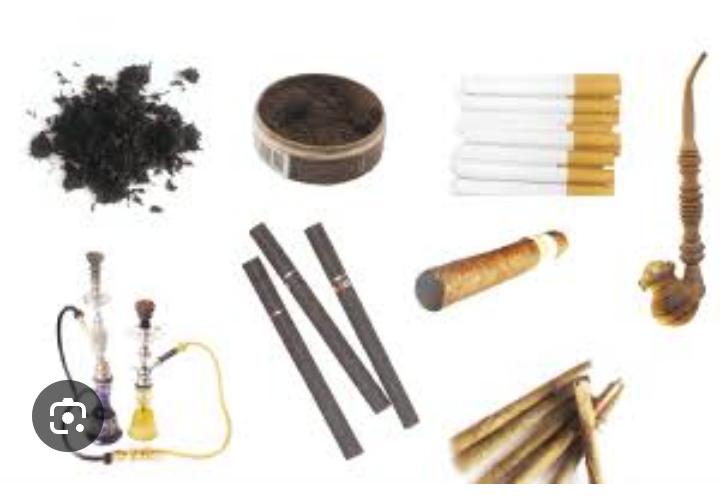Tobacco industry exploits youth through aggressive marketing
Muhammad irshad ullah
Despite the global efforts to curb tobacco consumption, the industry remains relentless in targeting one of the most vulnerable demographic, the youth.
The playbook of tobacco giants relies heavily on aggressive marketing, subtle endorsements, and exploitation of regulatory loopholes to create a new generation of addicted consumers. Their tactics threaten to undermine public health gains and perpetuate a cycle of dependence, disease, and death.
For decades, the tobacco industry has known that youth are their most valuable asset. In a chilling internal document from the 1980s, a major tobacco executive noted: “If we are to survive and prosper, we must get our share of the youth market.”
These strategies have not waned. With rising awareness about the harms of smoking among older populations, youth are seen as the new frontier for profit.
The industry’s advertising does not simply inform; it glamorizes. From depicting smoking as a symbol of rebellion, sophistication, and independence, to associating it with fashion and celebrity culture, the industry carefully curates an image that resonates with young minds.
As traditional media became more regulated, tobacco companies migrated their marketing efforts to less-controlled digital platforms. Social media influencers, paid promotions, and discreet product placements in music videos and movies have opened new avenues for youth-oriented marketing.
Many of these campaigns promote alternatives like e-cigarettes and vaping products under the guise of being “safer” or more “trendy.
A 2022 study found that nearly 70% of teenagers reported seeing tobacco-related content on social media. These platforms are fertile ground for youth-targeted advertisements, especially as many countries lack strict regulations for online promotions compared to traditional media.
To attract young consumers, the tobacco industry invests heavily in flavored products, sleek designs, and stylish packaging. Flavors like mango, mint, and berry mask the harshness of tobacco and create the illusion that these products are harmless. In India, hookah bars and flavored chewing tobacco (gutkha) have become trendy among college students, despite strict regulations.
E-cigarette manufacturers, in particular, package devices to resemble everyday items like USB drives or pens, making them easy to hide and appealing to students. While India banned the sale of e-cigarettes in 2019, illicit trade continues, driven by online availability and lack of enforcement.
While India has made significant strides in tobacco control through initiatives like the Cigarettes and Other Tobacco Products Act (COTPA) and the National Tobacco Control Programme (NTCP), enforcement remains a challenge.
Tobacco companies exploit gaps by using surrogate advertising, sponsoring events, and promoting products under different guises. Despite bans on direct tobacco ads, festivals, sports events, and even educational initiatives sometimes carry subliminal tobacco promotions.
The consequences of youth addiction to tobacco are devastating. According to the Global Youth Tobacco Survey (GYTS), 8.5% of Indian adolescents aged 13–15 use tobacco. Early initiation leads to longer lifetime exposure, increasing the risk of cancer, heart disease, and respiratory illnesses.
Economically, the burden on healthcare due to tobacco-related illnesses far outweighs the industry’s contributions to the economy. A 2017 study by the WHO estimated the economic costs of tobacco use in India at over 1 lakh crore annually. Youth addiction today is a healthcare crisis tomorrow.
To combat this exploitation, stringent regulations, aggressive enforcement, and youth education are essential. Steps forward include: Closing Digital Marketing Loopholes Regulating social media and online platforms to block all forms of direct and indirect tobacco advertising, targeting schools, colleges, and communities with robust education programs about the dangers of tobacco.
Plain packaging with prominent health warnings can reduce the allure of stylish designs. Empowering youth organizations to campaign against tobacco promotion and industry manipulation.
The responsibility does not lie solely with the government. Families, educators, and influencers must recognize the industry’s tactics and actively counteract them. Only a holistic approach can ensure that the next generation grows up free from the grasp of tobacco addiction.


Comments are closed.